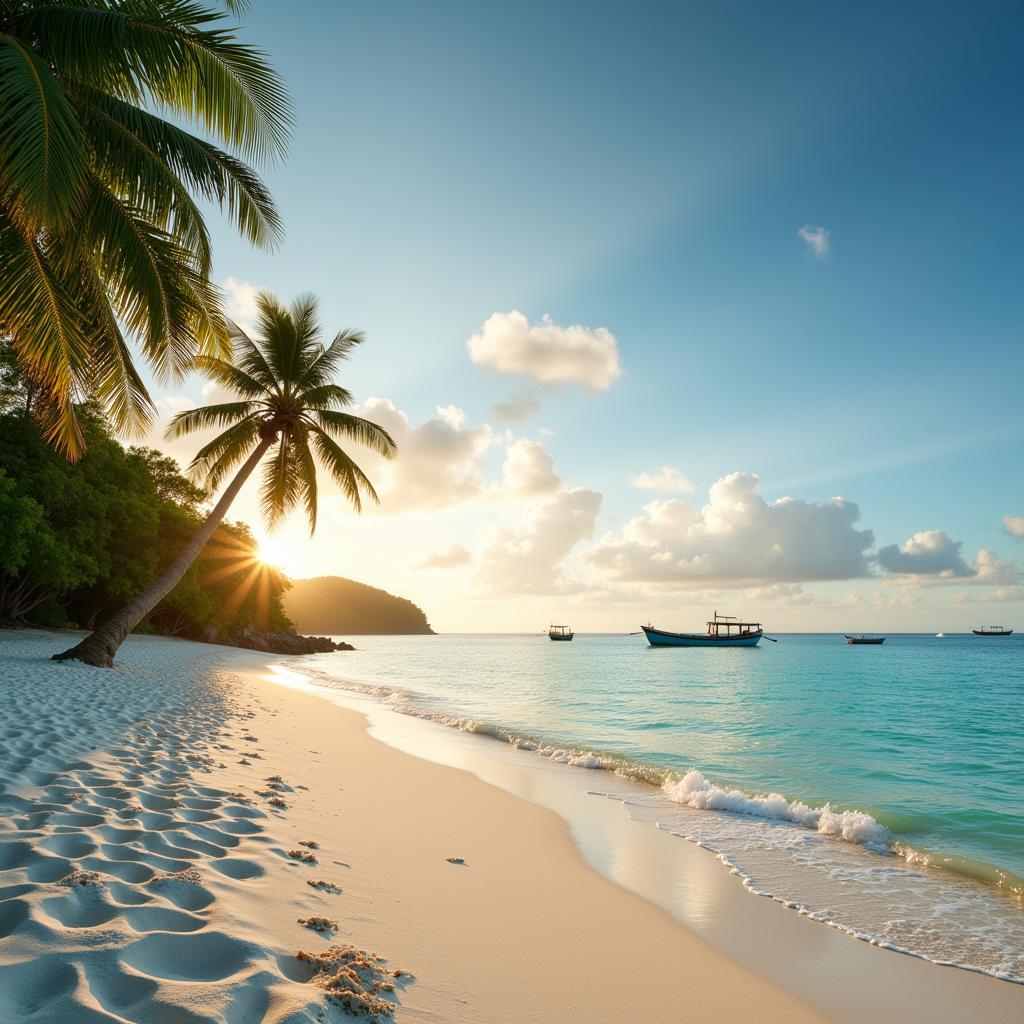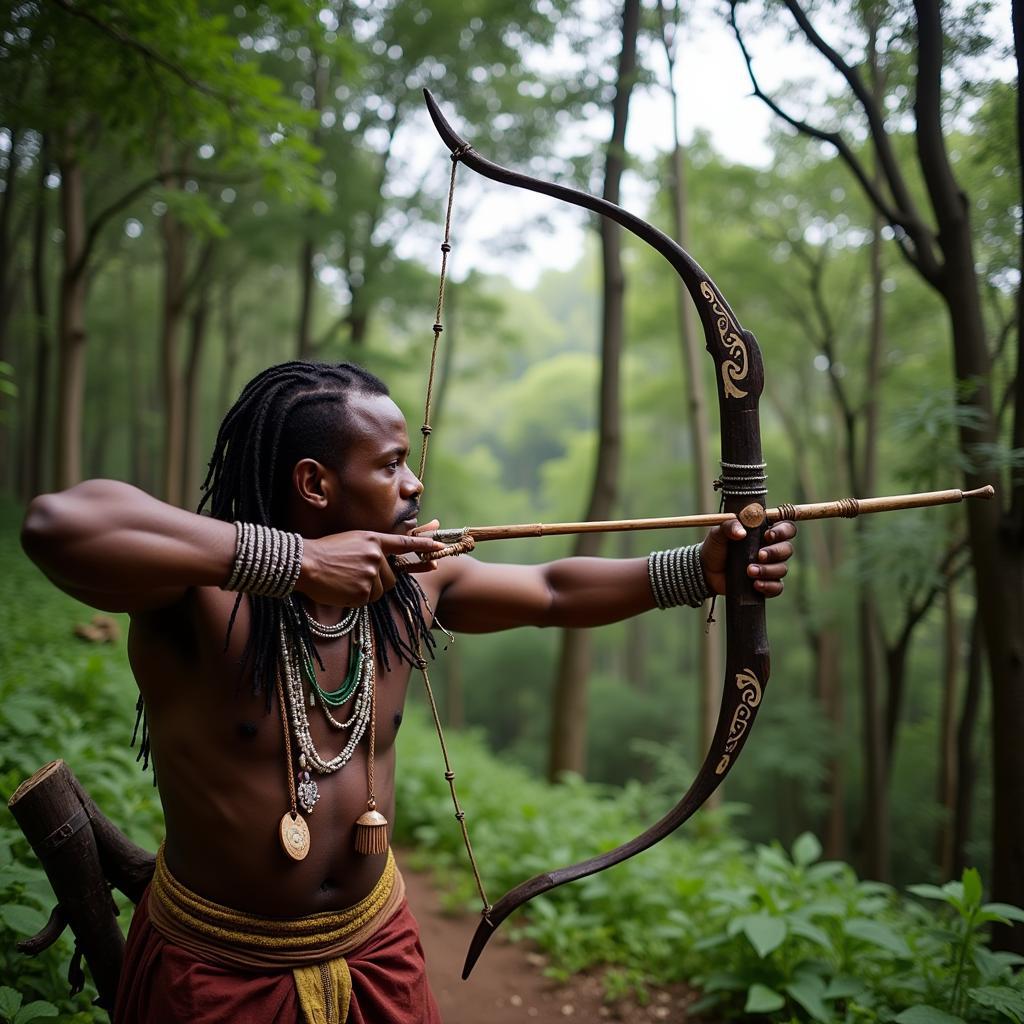African Clothing Names: A Colorful Journey Through Tradition and Style
African Clothing Names reveal a vibrant tapestry of cultures, traditions, and stories. From the flowing boubous of West Africa to the intricate beadwork of the Maasai, each garment carries a unique significance, reflecting the identity and heritage of its wearer. This article will explore the fascinating world of African clothing names, delving into their origins, meanings, and cultural context.
Unveiling the Richness of African Clothing Names
African clothing is far more than just fabric and thread; it’s a powerful form of expression, deeply intertwined with history, spirituality, and social status. Understanding the names of these garments unlocks a deeper appreciation for the diverse cultures they represent. Each name tells a story, revealing the ingenuity, creativity, and rich heritage of the African people. After exploring various African attire names, perhaps you will be interested in exploring specific styles like african clothes styles 2015.
The names often reflect the garment’s function, material, or design. For instance, the “kente” cloth of Ghana, known for its vibrant colors and intricate patterns, derives its name from the Akan word “kenten,” meaning basket, referring to the woven structure of the fabric.
A Diverse Tapestry: Clothing Names Across the Continent
From North to South, East to West, the continent boasts a breathtaking array of clothing styles and names. In North Africa, the “djellaba,” a long, loose robe with a hood, is a common sight, providing protection from the sun and sand. Moving south to the Sahel region, we encounter the “boubou,” a flowing garment worn by both men and women, often adorned with elaborate embroidery. East Africa showcases the “kanga,” a brightly colored rectangular cloth with Swahili proverbs printed on it, and the “shuka,” a plaid cloth worn by the Maasai people. Southern Africa is home to the “madiba shirt,” popularized by Nelson Mandela, and the “isishweshwe,” a printed cotton fabric with distinctive geometric patterns.
Exploring West African Clothing Names
West Africa presents a particularly rich and diverse array of clothing names. The “agbada,” a flowing robe worn by men, is a symbol of status and prestige. Women often wear the “iro and buba,” a two-piece ensemble consisting of a wrapper and blouse. The “dashiki,” a colorful loose-fitting shirt, has become a symbol of African identity worldwide. You might also be interested in seeing more contemporary West african fashion dresses 2019.
What are some common East African clothing names?
Some common East African clothing names include “kanga,” “shuka,” and “kanzu.”
What is the significance of African clothing names?
African clothing names often reflect the garment’s function, material, or design, carrying cultural and historical significance.
Beyond the Names: The Cultural Significance of African Clothing
African clothing is more than just garments; it’s a powerful expression of identity, heritage, and social status. The colors, patterns, and styles often carry symbolic meanings, reflecting the wearer’s clan, ethnicity, or social standing. For example, the intricate beadwork of the Maasai people conveys messages about age, marital status, and social rank. You can find talented individuals capturing the beauty of such garments through the work of african fashion photographers. Many of these traditional styles have inspired contemporary designers, resulting in a vibrant and ever-evolving fashion scene. Perhaps you’d like to explore the vibrant african kampala styles.
A quote from Adebayo Jones, a renowned Nigerian fashion designer: “African clothing is not just about fashion, it’s about telling a story, expressing a culture, and celebrating our heritage.”
Another quote from Khadija Shah, a leading Kenyan fashion designer: “Each piece of African clothing is a work of art, imbued with the spirit and creativity of its maker.”
Conclusion: Celebrating the Diversity of African Clothing Names
African clothing names offer a glimpse into the rich tapestry of cultures and traditions that make up the continent. From the vibrant kente cloth of Ghana to the flowing boubous of West Africa, each garment carries a unique story, reflecting the ingenuity, creativity, and rich heritage of the African people. By understanding the names and meanings behind these garments, we can deepen our appreciation for the diversity and beauty of African culture.
FAQ
- What is the most popular African clothing? This varies by region, but some widely recognized garments include the dashiki, kente cloth, and boubou.
- What are traditional African clothes made of? Materials range from cotton and linen to leather, barkcloth, and raffia.
- What is the meaning of African prints? The patterns and colors often carry symbolic meaning, relating to proverbs, historical events, or spiritual beliefs.
- How do you describe African fashion? Vibrant, diverse, and deeply rooted in tradition, yet constantly evolving.
- What is the name of African attire? There are countless names for African attire, varying by region, ethnicity, and function.
- What are some popular African clothing styles? Popular styles include the dashiki, kente, boubou, kaftan, and Ankara styles.
- Where can I learn more about African clothing names? Research online, visit museums, or explore books on African textiles and fashion.
Do you have other questions about African Clothing and fashion, maybe you are interested in baby clothes like african baby boy.
For further assistance, please contact us:
Phone: +255768904061
Email: kaka.mag@gmail.com
Address: Mbarali DC Mawindi, Kangaga, Tanzania.
We have a 24/7 customer service team.


